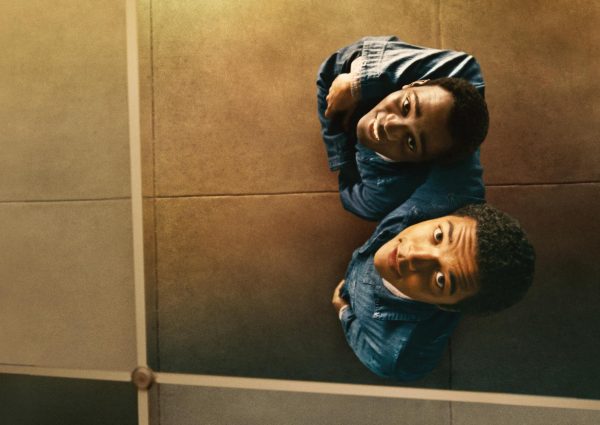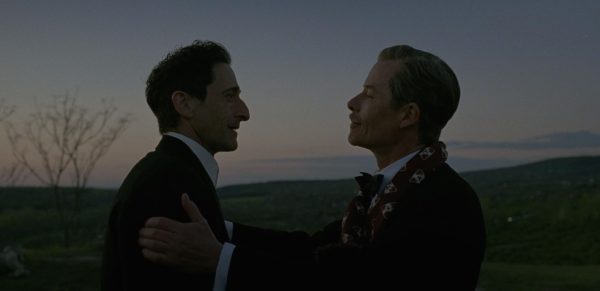The Midnight Club: Is it Worth the Watch?
October is the prime month for spooky releases. Creators release themed movies and television shows and streaming services drop fascinating documentaries to really accentuate the vibe that comes with the Halloween season. For years, Netflix has been in full swing with their holiday releases, whether it’s their own new additions, past thrillers, or fan favorites. With the Halloween season coming to a close, I think it’s time we discuss one of Netflix’s newest additions to the horror game: The Midnight Club.
Released early last month, The Midnight Club, based on books written by Christopher Pike, follows eighteen-year-old Ilonka, salutatorian of her high school and bound for Stanford in the fall. In an attempt to fulfill all the last minute high school activities she had yet to experience, Ilonka and her friend attend a college party. While chatting with an assumed love interest, she begins coughing blood into her hand. Next thing we know, she’s in the hospital with a cancer diagnosis. No more Stanford, no more salutatorian, just living until the end.
Ilonka later finds herself at Brightcliffe, a home similar to nursing home, where teenagers can live out their final days in a comfortable facility without the stress of hospitals. Here, she meets a plethora of interesting people and a handful of new friends who gather every night in the house’s library for ghost stories by the fire. Unsurprisingly, this rag tag group of storytellers is known as the Midnight Club.
Naturally, Brightcliffe has its secrets. For starters, there’s tons of history, including past organizations, cults, and even miracles. When things start to go sideways, Ilonka, with help from the others, makes it her mission to discover the secrets of Brightcliffe and everything it has to offer.
Basic plot aside, the show is… questionable. The characters are very stereotypical; you have the main character who prides herself on intelligence with her own little quirks that really set her apart from the rest. The cast involves the love interest, the annoying roommate, the jock, the geek, the princess, etc. They get along well and generally have no problems with each other, except, per usual, the subtle beef between roommates.
The dialogue is off-putting. There’s swearing in places where there shouldn’t be swearing, emphasis on phrases that could be better off said simply, and phrases that are just a little too odd to be said in the first place. A perfect example is right in the first episode, when Ilonka comes across what right off the bat is assumed to be a love interest. Instead of asking for his name or something similar, in an awkward, uncharacteristic tone, she asks, “do I know you from somewhere?” Which, realistically, is a fine statement, however the way it was said and where it was placed are off-putting. The acting per character is generic and mediocre. Some put their whole heart into the character, like the actress portraying Ilonka, Iman Benson, bringing them to life in a way that genuinely makes them real, while others just spoke the lines in a way that made sense to them, no action, no feeling, just talking, like Igby Rigney, who plays Kevin.
Although it has its flaws, there are a few ideas the show got right. The cast is very diverse, most of the actors are people of color except for a handful. It also brings light to the concepts of religion, sexuality, and mental illness, and the different, outward reactions to both. Each character handles grief in their own way, which accurately depicts modern society. A perfect reaction is towards the beginning of the series after a loss of a housemate. Sandra, a girl comfortable with her religion, begins to invite the rest of the group to her church for some type of event. As a response, Spencer, who is slightly self conscious for the person he is, a gay man living in the mid nineties, lashes out in a way that not only hurts Sandra’s feelings, but also makes the rest of the group uncomfortable. For a show set in the mid-90s, there’s plenty of inclusion for practically everything, something certainly needed in today’s media.
Overall, the show is a decent watch depending on what you’re into. It has factors that make it enjoyable and almost funny at times, with its heartfelt interactions and good morals. Although marketed as being for mature audiences, the show makes more sense for younger people, maybe even ages 11-14. It presents the theme that everyone should be cared for, and you shouldn’t diminish people to an illness. People are people. That’s what really matters in the end.






